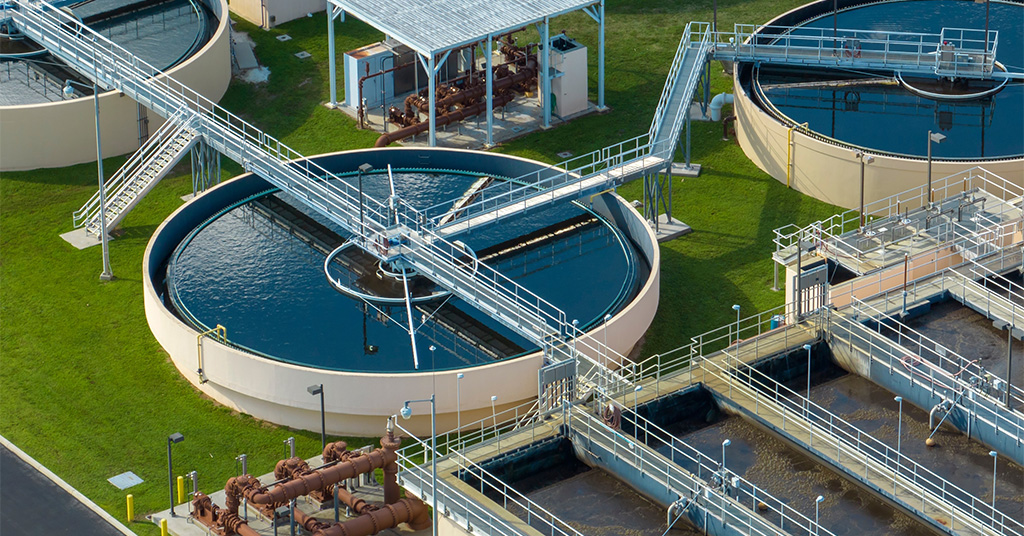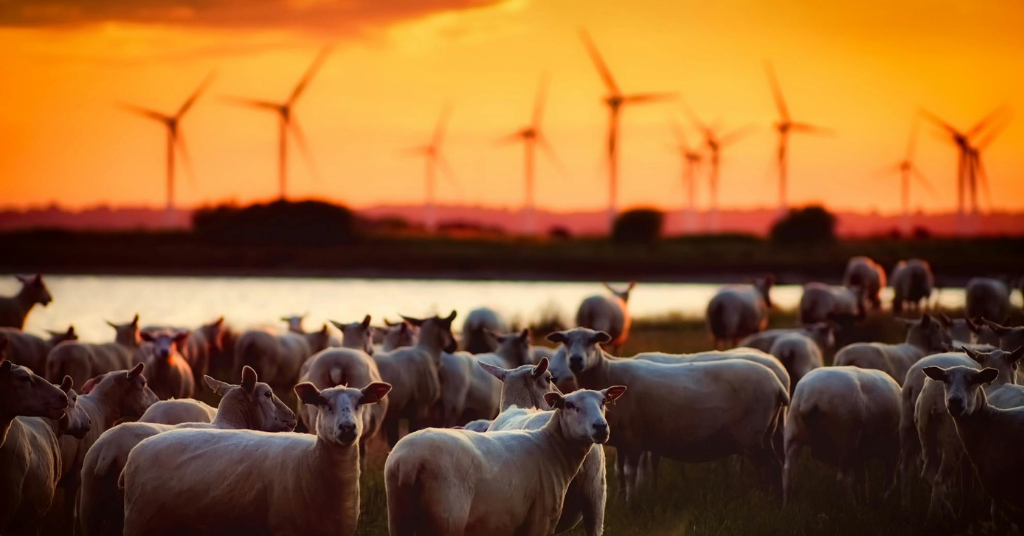What will you read about:
- How climate change impacts water resources across Europe, exemplified by recent droughts in Southern Europe and floods in Central Europe.
- The importance of effective water management for sustainable development, environmental protection, and resilience to climate challenges.
- The EU’s Fit for 55 initiative and how sustainable water practices contribute to reducing greenhouse gas emissions.
- The role of European citizens in supporting water conservation and sustainable water management policies.
Fit for 55 water management and climate goals
The droughts on the Iberian Peninsula and the floods in Central Europe in 2024 is a clear example of how climate change impacts water resources and the importance of effective water management strategies. It’s also a fundamental aspect of ensuring sustainable development and environmental protection across the European Union. It encompasses the strategic planning, development, and distribution of water resources to meet societal needs while preserving natural ecosystems. Proper water management is crucial for Europeans as it ensures the availability of clean water for drinking, agriculture, industry, and recreation. It also protects against the detrimental effects of floods, droughts, and pollution. Without robust water management regulations, Europe would face severe challenges, including water scarcity, increased pollution, and the degradation of ecosystems. This would lead to significant economic, social, and environmental consequences, such as reduced agricultural productivity, loss of biodiversity, and increased health risks.
One would think that water isn’t something that should worry us: around 71% of the Earth’s surface is covered with water. However, of all the water on Earth, only about 2.5% is fresh water. The remaining 97.5% is salt water found in oceans and seas. Of all fresh water, about 30.1% is groundwater, which is stored below the surface in aquifers and other underground reservoirs, while the rest is found above ground, with 68.7% locked in ice caps and glaciers, and a small portion in lakes, rivers, and the atmosphere. All in all, we don’t have now too much to keep for drinking water, agriculture, and various ecosystems.
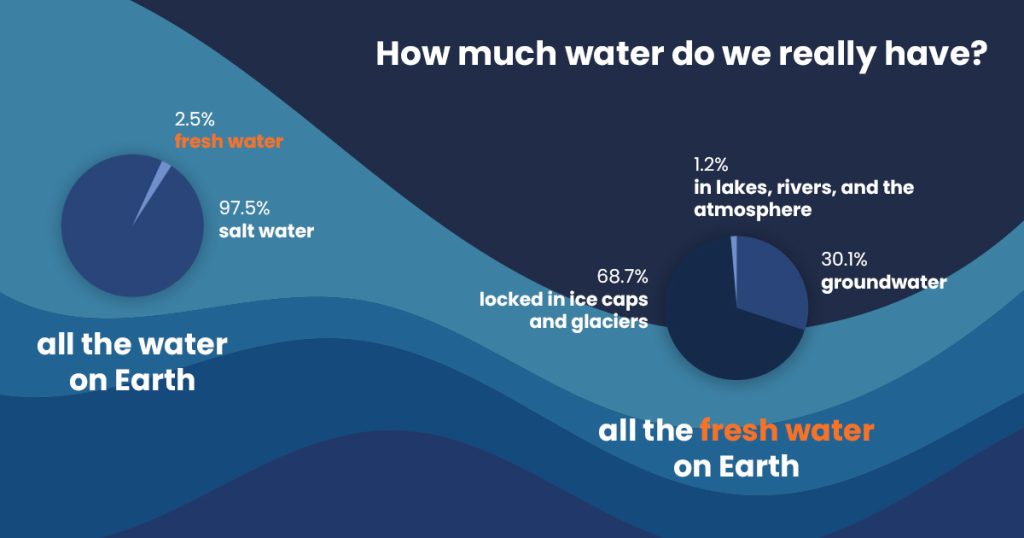
From Portugal to Hungary: different aspects of the same issue
Water management is particularly crucial in regions of the EU that face significant water stress, such as Southern Europe, where droughts are becoming more frequent and severe due to climate change. Data from the European Environment Agency reveals that around 20% of Europe’s territory and 30% of its population are affected by water stress annually.
The cause of it all is that climate change disrupts the natural balance of the water cycle by increasing global, and not less importantly, local temperatures. This leads to more evaporation and the atmosphere holding more moisture. Consequently, we see more intense and unpredictable precipitation events, which can cause floods. Conversely, the altered patterns can lead to prolonged dry spells, causing droughts. This disruption highlights the urgent need for effective climate adaptation and mitigation strategies to protect communities and ecosystems.
Effective water management practices are essential to ensure a sustainable supply of clean water and to mitigate the impacts of water scarcity. In Northern Europe, issues such as flooding and water pollution are more prevalent, necessitating stringent water management strategies to protect water quality and prevent flood-related damages.
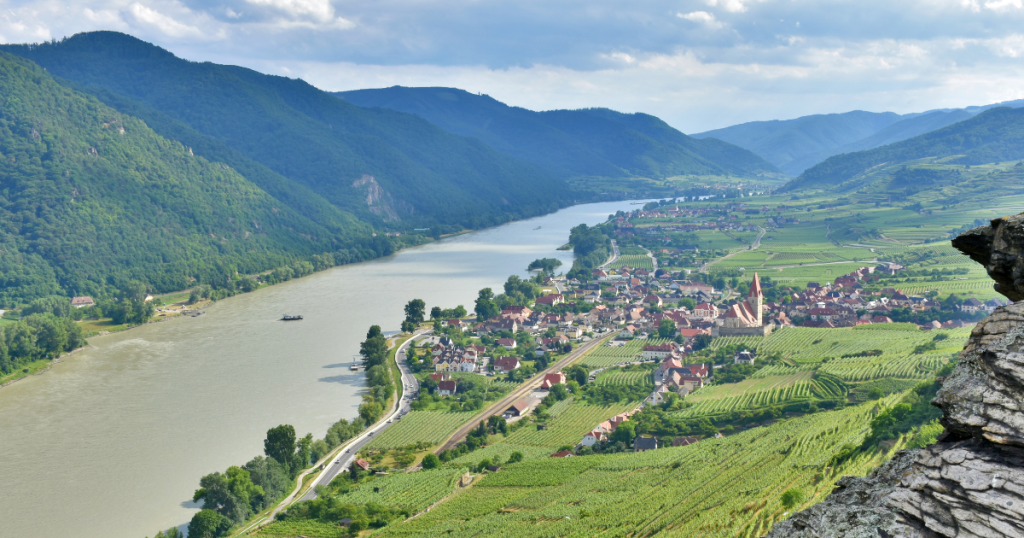
The Danube River Basin, which spans multiple EU countries, exemplifies the need for collaborative water management efforts to address transboundary water challenges and ensure the sustainable use of shared water resources.
How is water management and Fit for 55 related?
The EU’s Fit for 55 program aims to reduce greenhouse gas emissions by at least 55% by 2030, and water management plays a significant role in achieving these targets. Proper water management helps reduce carbon emissions from water and sanitation systems by improving energy efficiency and integrating renewable energy sources, such as solar and wind power, into water treatment processes. Protecting natural carbon sinks like wetlands and peatlands, which store large amounts of carbon, is also crucial. Additionally, sustainable agricultural practices that optimize water use contribute to lower emissions by reducing the need for energy-intensive water extraction and irrigation. Integrating water management into climate policies enhances the EU’s resilience to climate change and supports global efforts to mitigate its impacts.
Beyond greenhouse gas reduction, water management has a broader impact on climate change and biodiversity. Healthy water ecosystems play a vital role in regulating climate by storing carbon, moderating temperatures, and maintaining precipitation patterns. Effective water management protects these ecosystems, ensuring they can continue to provide these essential climate-regulating services. Furthermore, protecting aquatic habitats and ensuring the sustainable use of water resources helps preserve biodiversity. Healthy ecosystems support a wide range of plant and animal species, contributing to the overall health of the environment. Water management practices that focus on ecosystem preservation and restoration can help safeguard endangered species and promote biodiversity conservation.
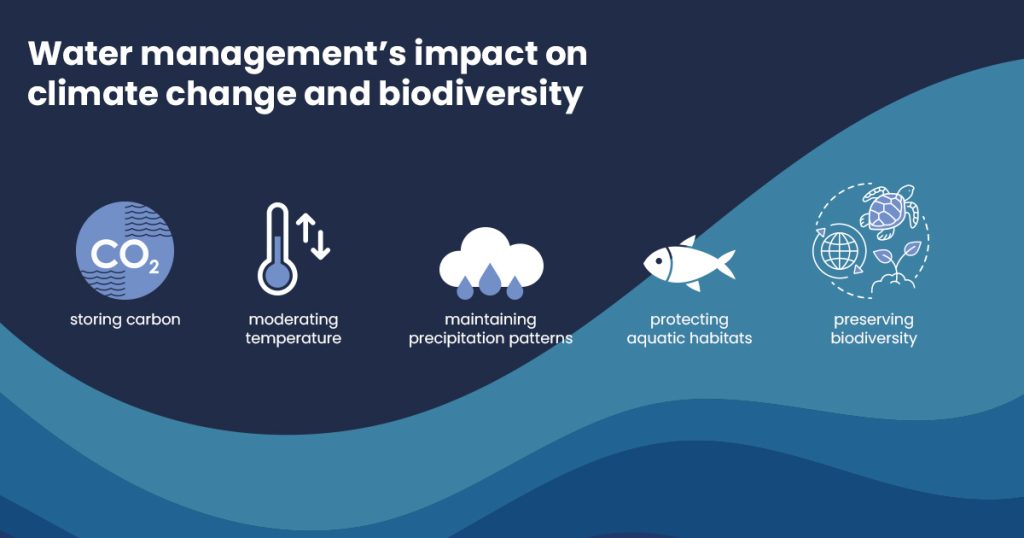
Hydropower can help if we use it right
Hydropower is a renewable energy source that harnesses the power of flowing water to generate electricity. It is a clean and sustainable alternative to fossil fuels, contributing to greenhouse gas reduction and combating climate change. The main benefit of hydropower is its ability to provide a consistent and reliable source of energy, as water flow can be regulated to match electricity demand. However, the construction and operation of hydropower plants can have significant environmental impacts, such as habitat destruction, changes in water flow patterns, and the displacement of local communities. To protect the environment, it is essential to carefully plan and manage hydropower projects, considering their potential ecological consequences and implementing mitigation measures to minimize their impact. This includes measures such as fish ladders to allow aquatic species to navigate around dams and maintaining environmental flow requirements to support downstream ecosystems.
EU-wide regulations
Europe has implemented several best practices in water management that serve as models for other regions. The Water Framework Directive provides a comprehensive framework for protecting and managing water resources across the continent, aiming to achieve good water status for all European waters.
The directive promotes integrated water resources management, which considers
the interconnectedness of water systems and the need for coordinated action at
the river basin level. Another initiative, the Blueprint to Safeguard Europe’s Water
Resources, aims to improve the implementation of existing water policies and
integrate water management objectives with other policy areas, such as
agriculture, energy, and climate change. These best practices demonstrate the importance of sustainable water management in achieving environmental and social goals and provide valuable lessons for other regions and countries facing similar challenges. In addition to the WFD and the Blueprint, there are four water directives to ensure the good status of Europe’s waters:
- Urban Waste Water Directive (91/271/EEC)
This directive aims to protect the environment from the adverse effects of urban waste water discharges. It requires EU countries to ensure that towns, cities, and settlements properly collect and treat wastewater: -
- Collection and Treatment: Urban areas with more than 2000 people must have systems to collect and treat wastewater.
- Secondary Treatment: All discharges from urban areas of more than 2000 people must undergo secondary treatment.
- Sensitive Areas: More stringent treatment is required for urban areas of more than 10000 people in catchments with sensitive waters.
Monitoring and Controls: Regular monitoring of treatment plants and receiving waters, and controls on sewage sludge disposal.
- Bathing Water Directive (2006/7/EC)
This directive focuses on the management of bathing water quality to protect human health and the environment:- Monitoring: EU countries must monitor and classify bathing water quality.
- Public Information: Information on bathing water quality must be provided to the public.
- Quality Standards: Bathing waters must meet certain microbiological standards to be classified as “sufficient”, “good”, or “excellent”.
Exceptional Measures: Measures must be taken if unexpected situations deteriorate water quality.
- Nitrates Directive (91/676/EEC)
This directive aims to reduce water pollution caused by nitrates from agricultural sources:- Action Programmes: Member States must designate vulnerable zones and establish action programmes to reduce nitrate levels.
- Fertilizer Use: Restrictions on the use of fertilizers and manure in vulnerable zones.
- Monitoring and Reporting: Regular monitoring and reporting of nitrate levels in groundwater and surface waters.
- Drinking Water Directive (98/83/EC)
This directive sets quality standards for drinking water to protect human health:- Quality Parameters: Sets parameters for the microbiological, chemical, and organoleptic properties of water intended for human consumption.
- Monitoring and Compliance: Regular monitoring of water quality and compliance with the set standards.
- Public Information: Member States must inform the public about the quality of drinking water and any measures taken to ensure its safety.
Beyond the law: us, Europeans
We, European citizens can play a crucial role in promoting sustainable water management by adopting water-saving practices, supporting policies that protect water resources, and participating in community-based water management initiatives. Simple actions, such as reducing water consumption, using water-efficient appliances, and participating in local water conservation projects, can make a significant difference in preserving Europe’s water resources for future generations. Citizens can also advocate for policies that promote sustainable water management and hold governments and businesses accountable for their water use. By engaging in these efforts, we can all contribute to a more sustainable and resilient future, ensuring that water resources are managed responsibly and equitably.
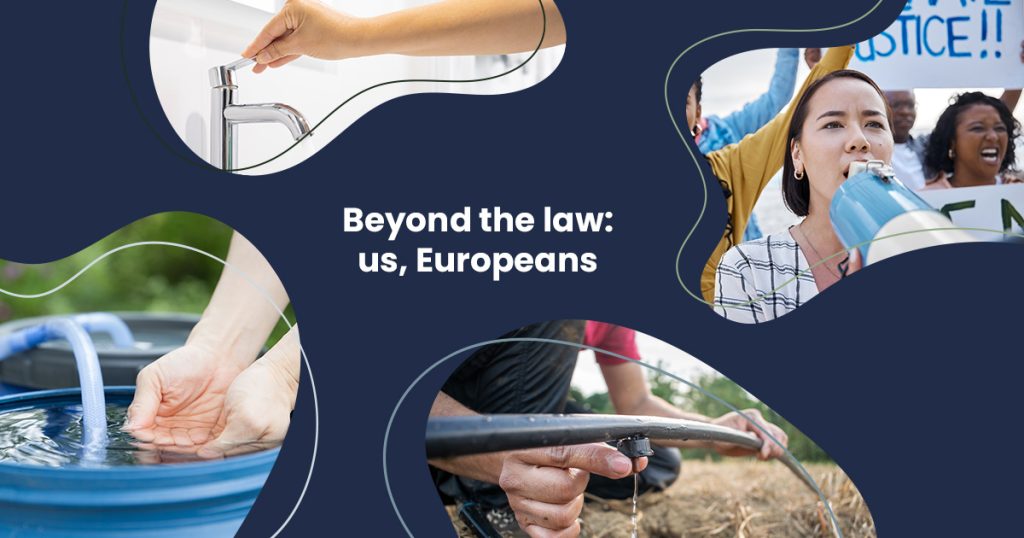
In a nutshell
Water management is essential for ensuring the sustainable development and environmental protection of the EU. It plays a critical role in reducing greenhouse gas emissions, protecting biodiversity, and supporting the EU’s Fit for 55 goals. Through effective water management practices, the EU can enhance its resilience to climate change, promote sustainable development, and ensure the availability of clean water for all. European citizens have a vital role to play in these efforts, and by adopting sustainable water practices and supporting sound water policies, they can help secure a sustainable future for Europe.
Sources and references:
https://www.eea.europa.eu/en/analysis/publications/europes-state-of-water-2024
https://www.europarl.europa.eu/factsheets/en/sheet/74/water-protection-and-management
https://www.eea.europa.eu/themes/water/european-waters/water-management
https://link.springer.com/content/pdf/10.1007/s00382-023-07084-z.pdf
https://eur-lex.europa.eu/LexUriServ/LexUriServ.do?uri=CELEX:31991L0271:EN:HTML
https://eur-lex.europa.eu/legal-content/EN/TXT/?uri=CELEX:32006L0007
https://eur-lex.europa.eu/LexUriServ/LexUriServ.do?uri=CELEX:31991L0676:EN:HTML
https://eur-lex.europa.eu/LexUriServ/LexUriServ.do?uri=CELEX:31998L0083:EN:HTML
https://www.unwater.org/water-facts/water-and-climate-change

